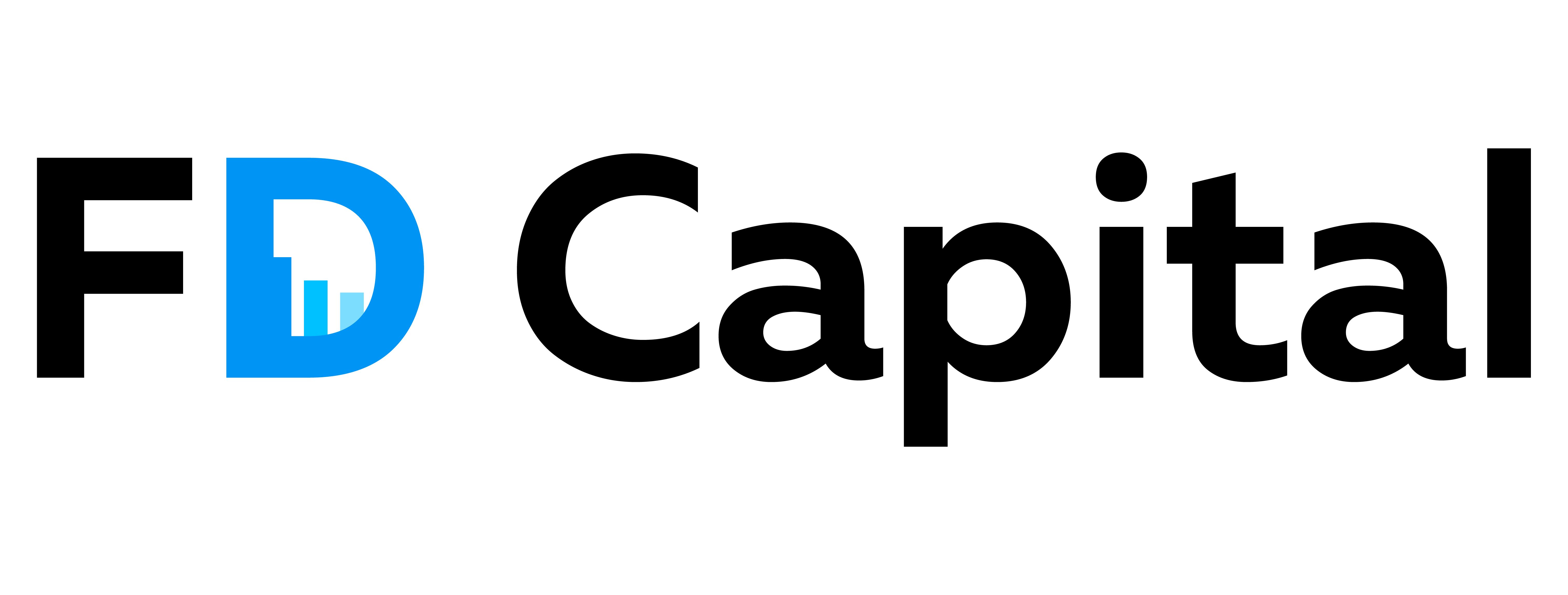How to Optimise a SaaS Business Exit

How to Optimise a SaaS Business Exit
All signs are pointing one way. Software as a Service (SaaS) companies are quickly becoming some of the most valuable organisations in the world. It’s difficult to think of anyone or any company who doesn’t use a SaaS on a daily basis.
Over the last 7 years, there has been an annual 18% growth in the SaaS market. Virtually every organisation (an estimated 99%) is utilising at least one cloud-based solution, continuing to turbo-charge demand for SaaS businesses. The SaaS industry has become the 21st-century answer to the rental market, providing investors with a reliable source of revenue with a high growth yield.
The rapid popularity of SaaS businesses means that many founders are finding themselves weighing up their options. Is now the time to exit? Finding the perfect time for a SaaS business exit isn’t easy, but there are ways to optimise your business exit.
If you’re a SaaS founder considering cashing out, you need to ensure you optimise your SaaS business exit. At FD Capital, our talent pool of CFOs and FDs are on hand to help you optimise your SaaS business exit. We’re breaking down our guide on how to coordinate a successful SaaS business exit with the help of a CFO.
Decide Why You Want to Exit Your SaaS
Before you can start planning how to optimise your SaaS business exit, you need to settle on the motivation behind exiting. Understanding why you want to exit should allow you to curate an optimised exit that leaves your company in the best position and enables you to start the next chapter of your journey.
There are several common reasons why you may want to exit your SaaS. Identifying which one is most applicable to you will help ground your strategy to optimise your SaaS exit.
-
You want to swap management for hands-on work
SaaS founders find themselves going from developing software to people managing as their organisation grows. Many SaaS founders enjoy the process of building and scaling a company before moving on to their next project. If you fall into this category, it can be relatively straightforward to sell your SaaS to an investor and have an optimised SaaS business exit.
-
Exiting your SaaS as risk management
While the SaaS industry is experiencing turbo-charged growth, it’s not for everyone. It’s often considered the “Wild West” with competition for investment, leadership, and marketing space. Competition and the changing economic situation can increase the risk of growing your SaaS company. If you’ve successfully grown your company, you may decide that exiting your SaaS is the right thing to do to limit your exposure to the turbulent market.
-
You want to move on to your next project
It’s not uncommon for a SaaS founder to go through several projects – not all of them being successful. After building your SaaS company, you may decide to move on to your next project. This situation may leave you feeling like you have more time to navigate the exit process or you may have another project starting with a tight deadline. Knowing your personal timeline will be vital to providing a structure to your SaaS exit.
-
You’ve hit a skills gap
Launching and scaling a SaaS isn’t easy. Many SaaS founders eventually find themselves coming to a skills gap. They’ve grown their company to a level where they can’t take it any further. If you’ve hit this point, you might be considering exiting your SaaS to allow investors or another company to take it to the next stage of its cycle.
If your SaaS falls into this category, you’ll want to take a specific approach to your exit strategy. You may decide to bring in a CFO on an interim basis to help you prepare your company for your exit and for the transition period to come.
What to Consider When Planning a SaaS Exit
 Exiting from a SaaS isn’t always easy. Before you start putting together your exit plan, there are dozens of questions that you’ll want to answer. Most of these can be aided with the help of a CFO. Hiring an interim CFO can give you the assistance of a financial expert who can prepare your SaaS for your exit.
Exiting from a SaaS isn’t always easy. Before you start putting together your exit plan, there are dozens of questions that you’ll want to answer. Most of these can be aided with the help of a CFO. Hiring an interim CFO can give you the assistance of a financial expert who can prepare your SaaS for your exit.
Before you start planning how to optimise your SaaS exit:
- When do you want to close your exit?
- What involvement would you want with the company’s new leadership during the transition period?
- Do you have any concerns for your team during the transition?
- Is your team being compensated during your sale?
- Would you accept a longer transition period to get a higher earnout?
What to Do to Optimise Your SaaS Exit
Planning for your SaaS exit can be stressful. There are five steps that you should consider when deciding how to optimise your SaaS exit. Every SaaS founder should think of how to maximise the success of their exit by utilising these five factors.
-
Don’t Underestimate First Impressions
The cliché that “first impressions matter” is true. In the world of SaaS exits, building a good first impression is by having your house in order. Your financial records allow potential investors to get an overview of your company’s current position and operation. A CFO can conduct an audit on your company and ensure that the systems and financial records are in order.
Investors won’t be impressed if your financial records aren’t up to date or if there’s information missing. Putting your company’s best foot forward starts by making the right first impression with your financial records.
Your potential investors will want to be able to get an initial valuation of your company. They’ll need the information that a CFO is best placed to provide, such as customer acquisition, gross margins, and revenue retention. Most investors will expect a SaaS to be able to provide three years’ worth of financial records and the company’s long-term strategic plan for the next five years.
Hiring a part-time or interim CFO can optimise your SaaS business exit by helping with the practical setup and preparation on the financial side of your company.
-
The Importance of Repeat Customers
As a SaaS, your valuation will be calculated by taking your annual revenue and multiplying it by a specific number. The multiplier that is used for your SaaS company’s valuation will be the annual recurring revenue (ARR) in most cases. The ARR works as a metric that helps to quantify the growth and forecast revenue for your company. As most SaaS companies operate on a subscription model, the ARR allows you to evaluate the company’s success.
The reason why repeat customers are so important to SaaS companies is that they are often not initially profitable. Their value comes from recurring revenue contracts, such as monthly subscriptions, instead of one-off purchases, such as editing software licenses.
While a two-figure ARR valuation is becoming more common for SaaS companies in their growth stage, this is still unusual. Only the highest-performing SaaS companies will achieve this level of success.
The SaaS Capital’s annual survey of privately owned B2B SaaS organisations suggests that 75% of companies with an ARR of more than $1 million have a growth level of less than 55% a year. While this may sound impressive, the median growth rate of SaaS companies with a valuation of $1 million or more is 28%.
The problem most founders find when exiting a SaaS is revenue recognition. This problem is where a CFO can step in. You want to work with a CFO who has experience working with founders during a SaaS exit and who can bring their commercial awareness to the situation.
While most companies will choose to work with a CFO during a transition period, it’s even more important for a SaaS exit. The Accounting Standards Codification (ASC) 606 means that businesses that have a subscription-based contract with customers have a new revenue recognition standard to meet.
As your SaaS starts to scale, accounting becomes more complicated. Under this standard, the SaaS must record revenue for the time where the service was delivered or offered – even if the customer only makes one annual payment as part of their subscription.
Before you start your exit, you want to get your finances in order. If your finances aren’t in order, it can cause delays and add extra expense to your exit process. Choose to work with a CFO who is familiar with your type of SaaS and who will understand the different types of contracts and how they impact your company’s valuation.
-
Your Churn Rate
Another thing to consider when seeking to optimise your SaaS exit is your company’s churn rate. Many SaaS companies go through a process known as the “growth ceiling”. This ceiling represents the highest number of customers that the company can maintain based on its current offerings.
The growth ceiling is also when existing customers leaving are being cancelled out by new customers signing up. In turn, this creates a zero-growth rate within the company.
When you’re preparing for your SaaS exit, you want to focus on improving your churn rate. Boosting your churn rate will help to lift your growth ceiling. Look for opportunities to create new revenue streams within your SaaS company to reduce customer falloff.
Ideally, your company should be able to isolate each of its revenue streams for financial reporting. Any potential buyer will want to see the value of each aspect of your business. Hiring an interim CFO will help you prepare for this process and allow you to focus on other aspects of your exit.
-
Research the Competition
Every SaaS company looks toward building the future value of its company. Part of this valuation will be your competition. Direct competitors are known as “comparables” and can help decide the valuation of your company.
Compare your company to where your competition is in terms of its valuation, including its gross margin. December 2021 is when most SaaS companies hit their peak AAR, but more recent data can provide useful insights into what to aim for.
R&D (research and development) is one aspect that SaaS companies often struggle to value. Your CFO will play a vital role in being able to value your R&D, in particular the value it can bring to future product enhancements. Understanding your R&D is vital to creating a more accurate financial statement.
Every investor will ask you a few key questions to compare your SaaS with the competition. You’ll need to know your customer acquisition costs and annual revenue in relation to each dollar spent. Hiring a CFO will give you the confidence that this information is correct and give you a sense of where your company sits in the wider industry.
-
Building Your Management Team
Your exit strategy should be seen as a transition period for your company. Most SaaS founders will be experts in their product, but not in wider management. While you may impress potential investors, you need to consider how investors will view your management team.
Before you can think about your exit, take a hard look at your management team. How would an investor see them? Are there any gaps in your senior management team? A founder is only as successful and strong as the people that they surround themselves with.
Start by building your company’s c-suite team and filling any gaps that exist. The evolving role of CFO makes it one of the most versatile within the leadership team.
A CFO can oversee the financial planning and operational side of your SaaS, while also feeding into the wider strategy of your company. They’ll also come to your company with experience of working with investors and be able to provide a new perspective to your company.
Hire a CFO for Your SaaS Today
Not every SaaS will want to hire a full-time CFO. At FD Capital, we’re a boutique recruitment agency that specialises in connecting start-ups and SaaS companies with talented financial executives who can take their organisations to the next level. Our talent pool of CFOs is available to work on a part-time, full-time, and interim basis. They have the experience and skills to optimise your SaaS business exit.
Contact our team today to start the recruitment process and take the next step towards your SaaS business exit.

Adrian Lawrence FCA with over 25 years of experience as a finance leader and a Chartered Accountant, BSc graduate from Queen Mary College, University of London.
I help my clients achieve their growth and success goals by delivering value and results in areas such as Financial Modelling, Finance Raising, M&A, Due Diligence, cash flow management, and reporting. I am passionate about supporting SMEs and entrepreneurs with reliable and professional Chief Financial Officer or Finance Director services.












